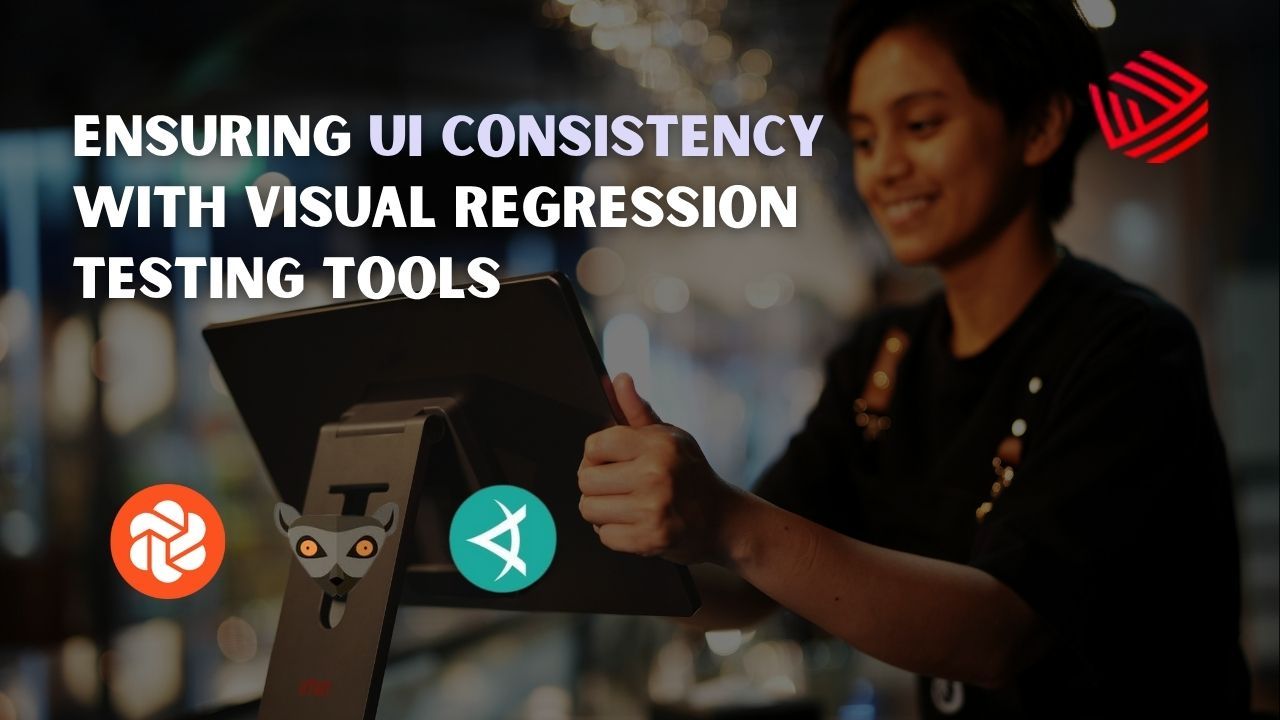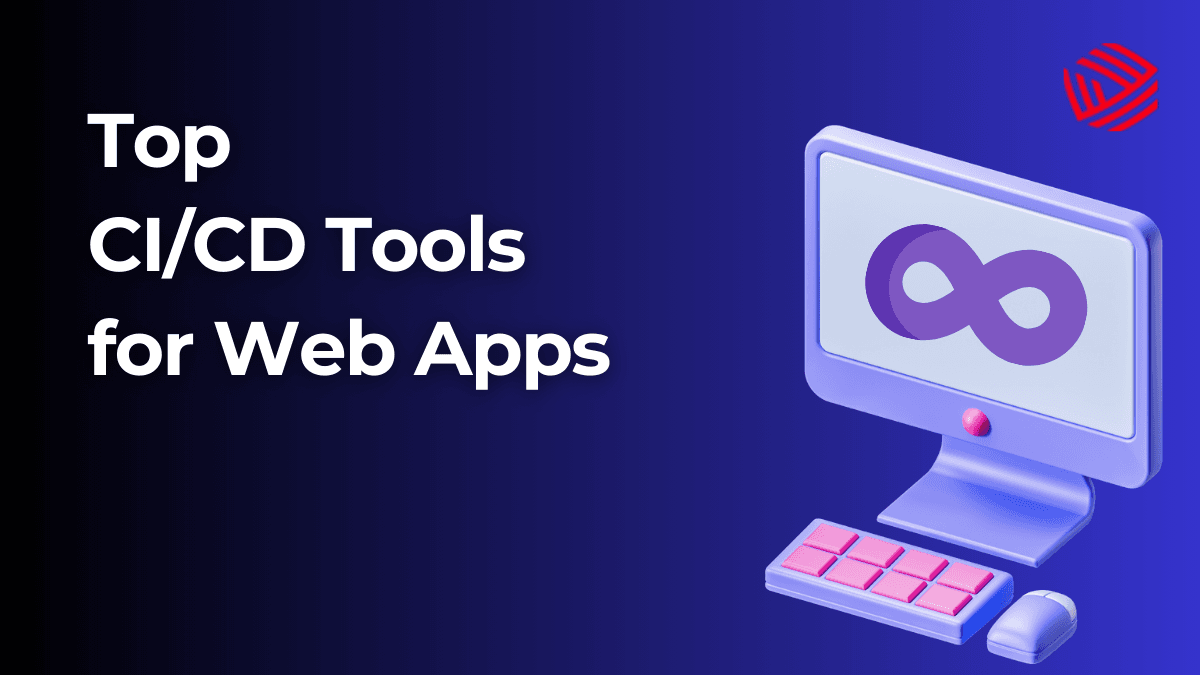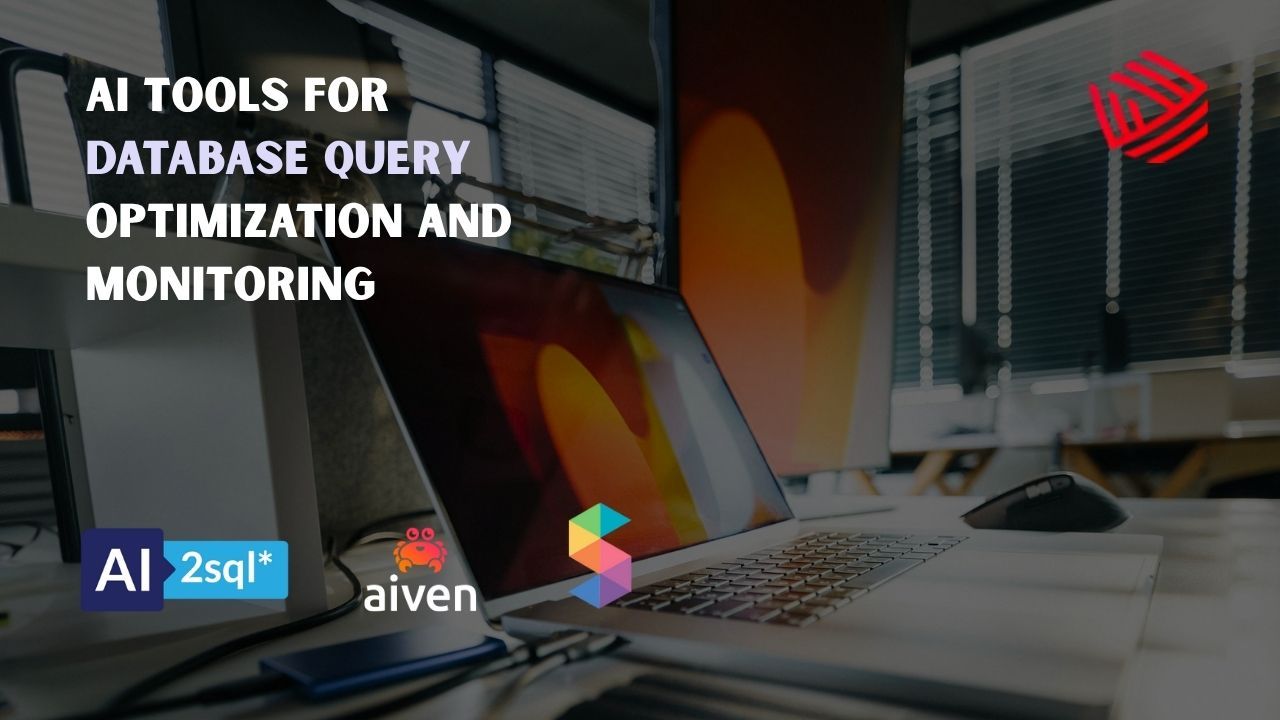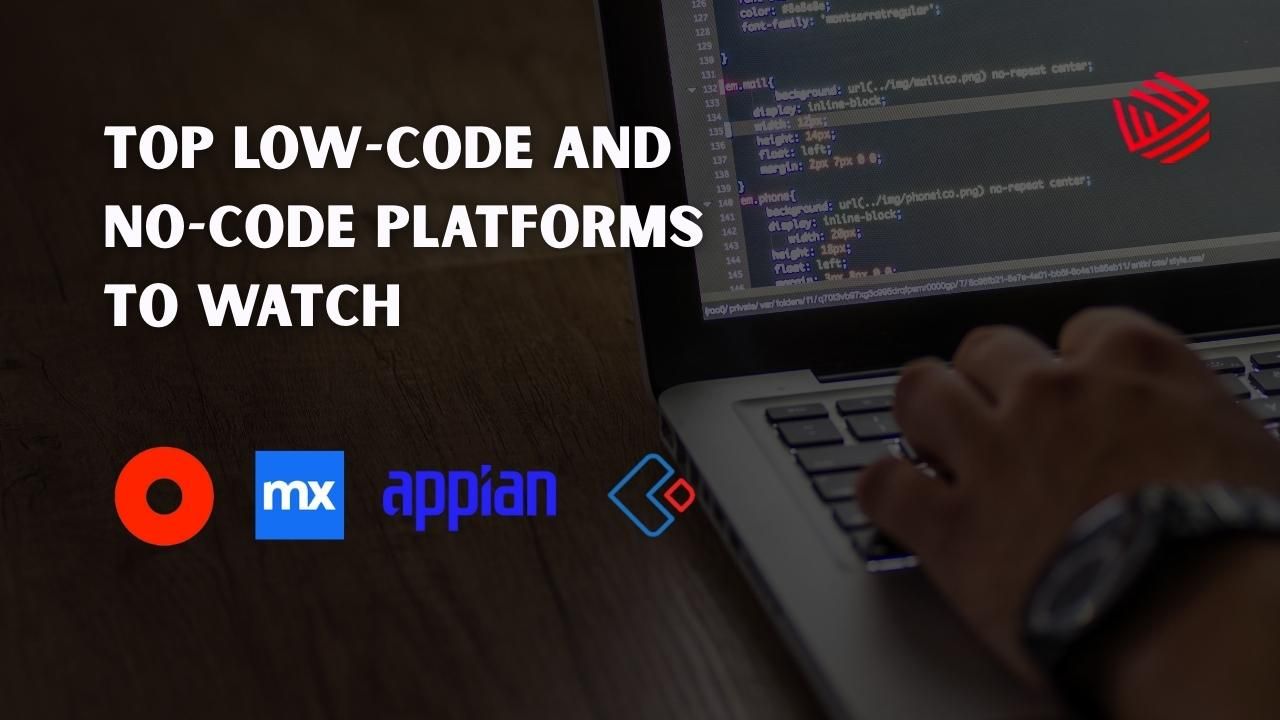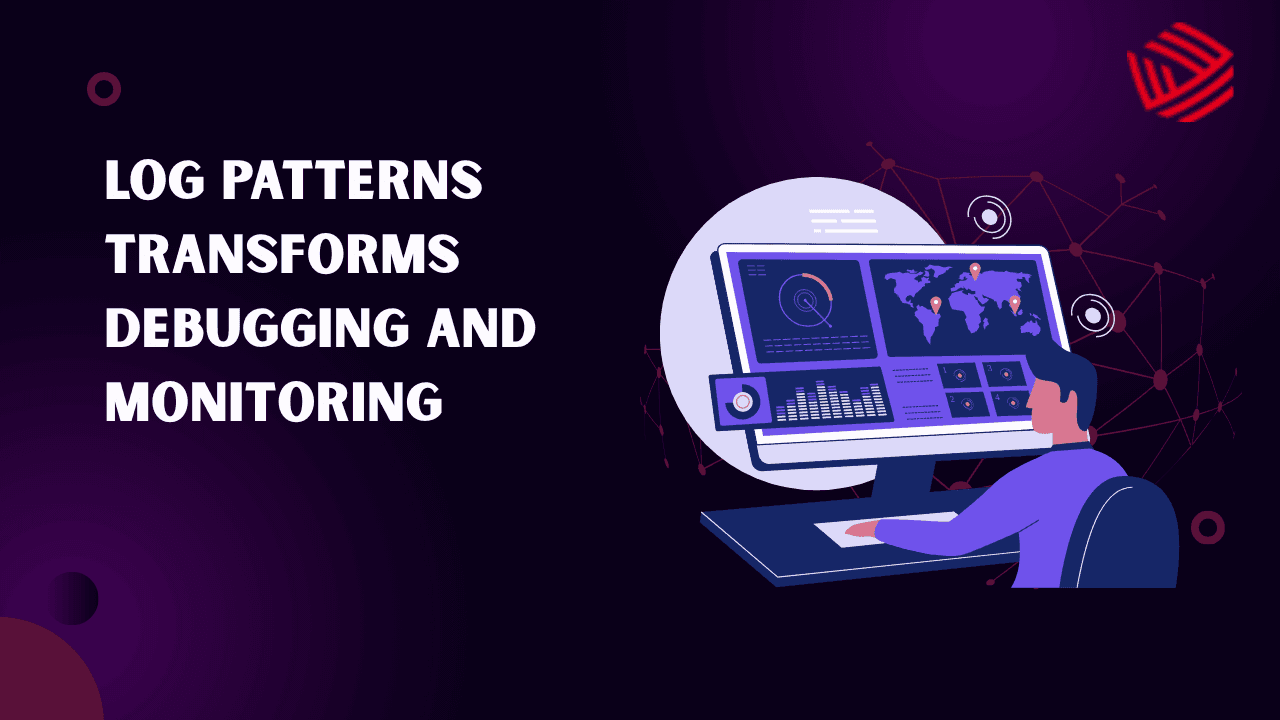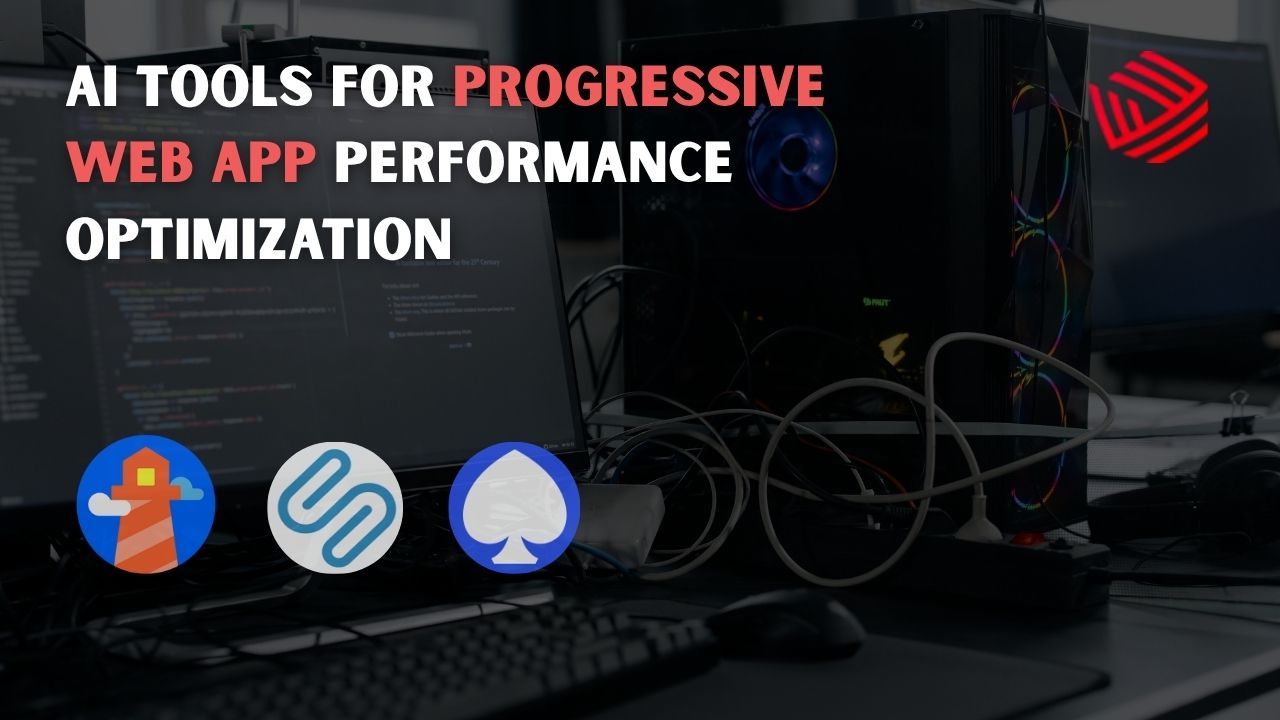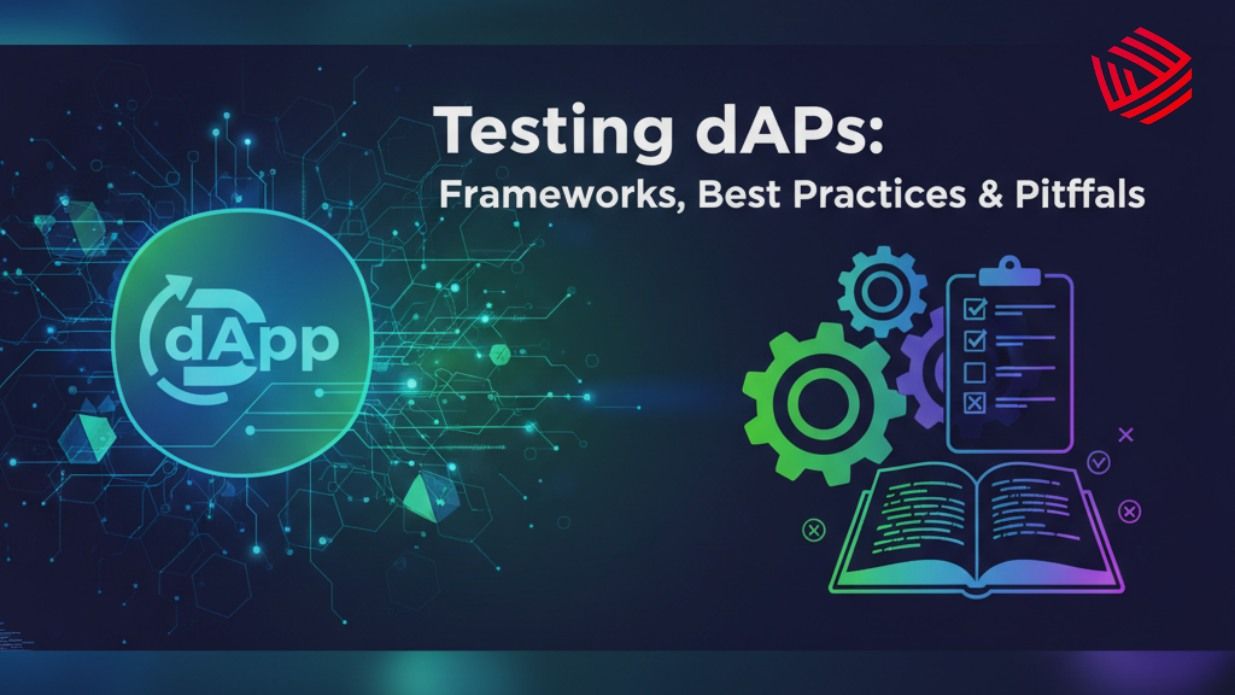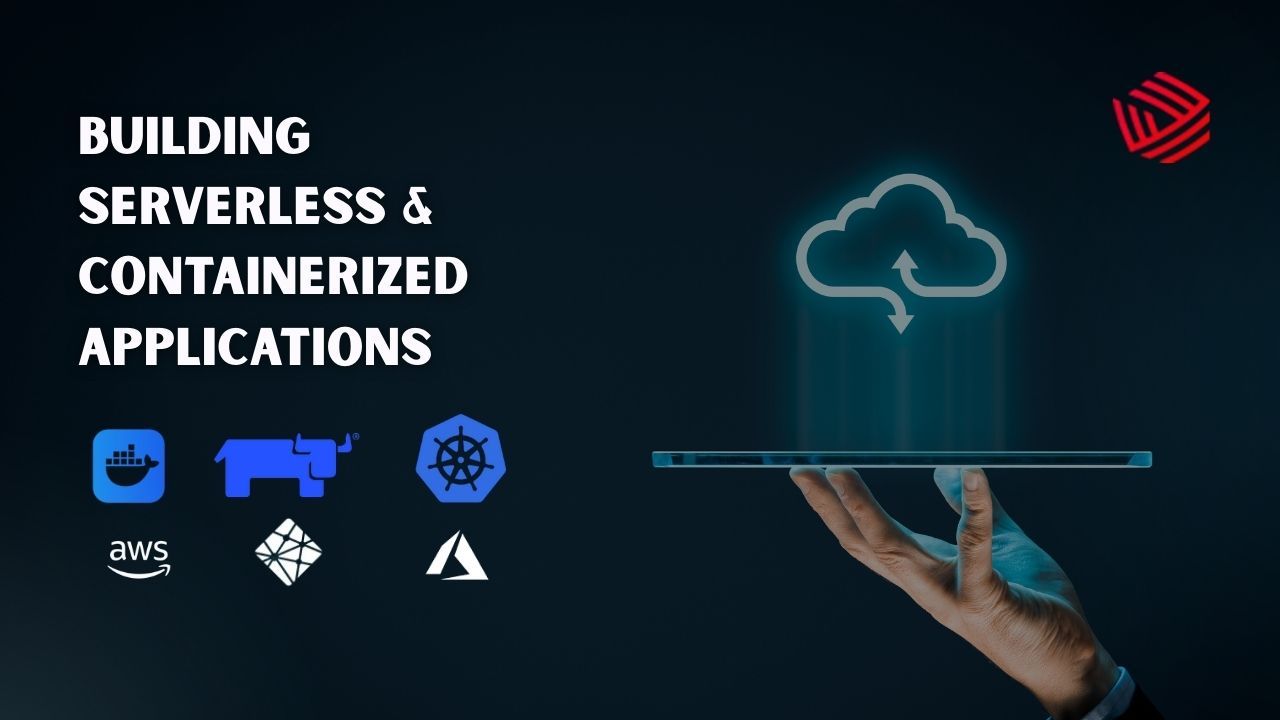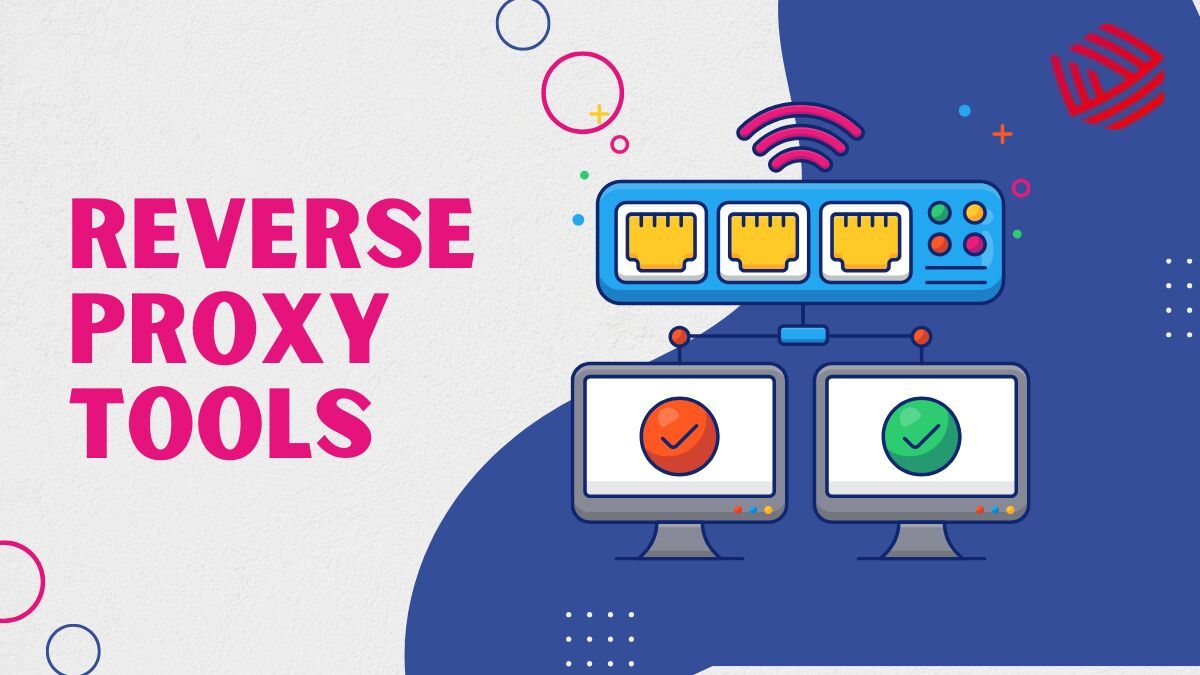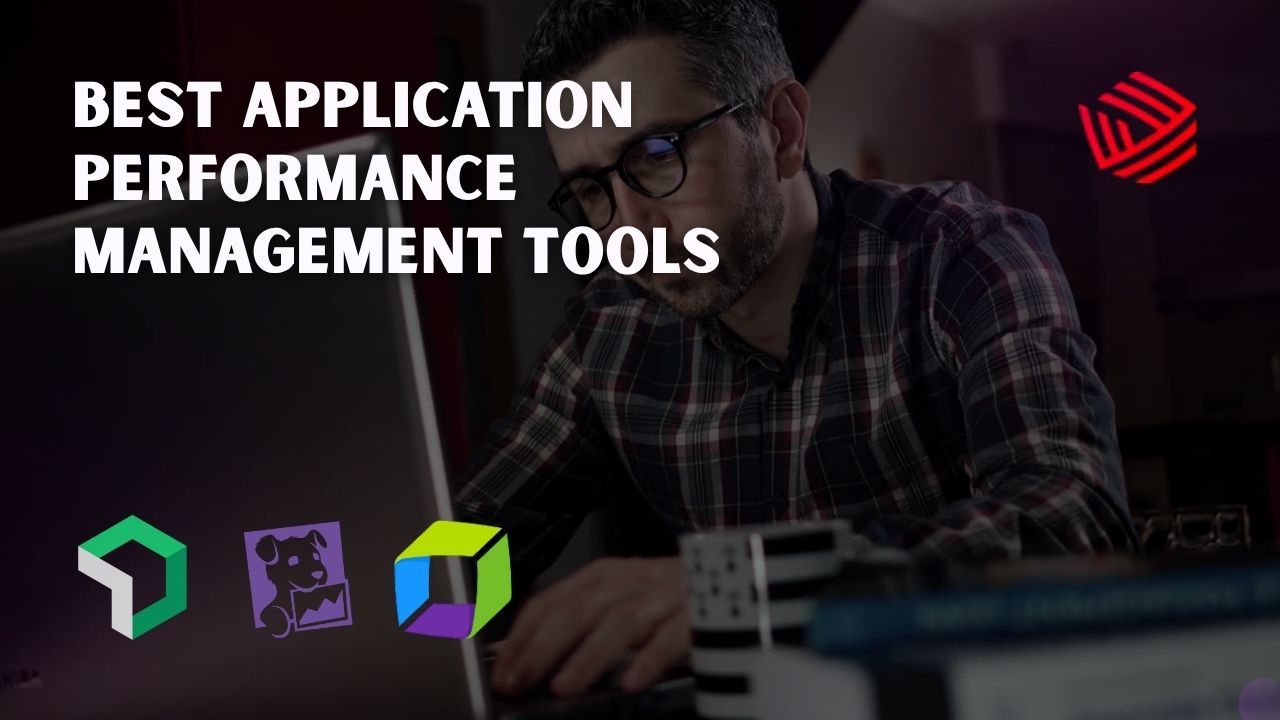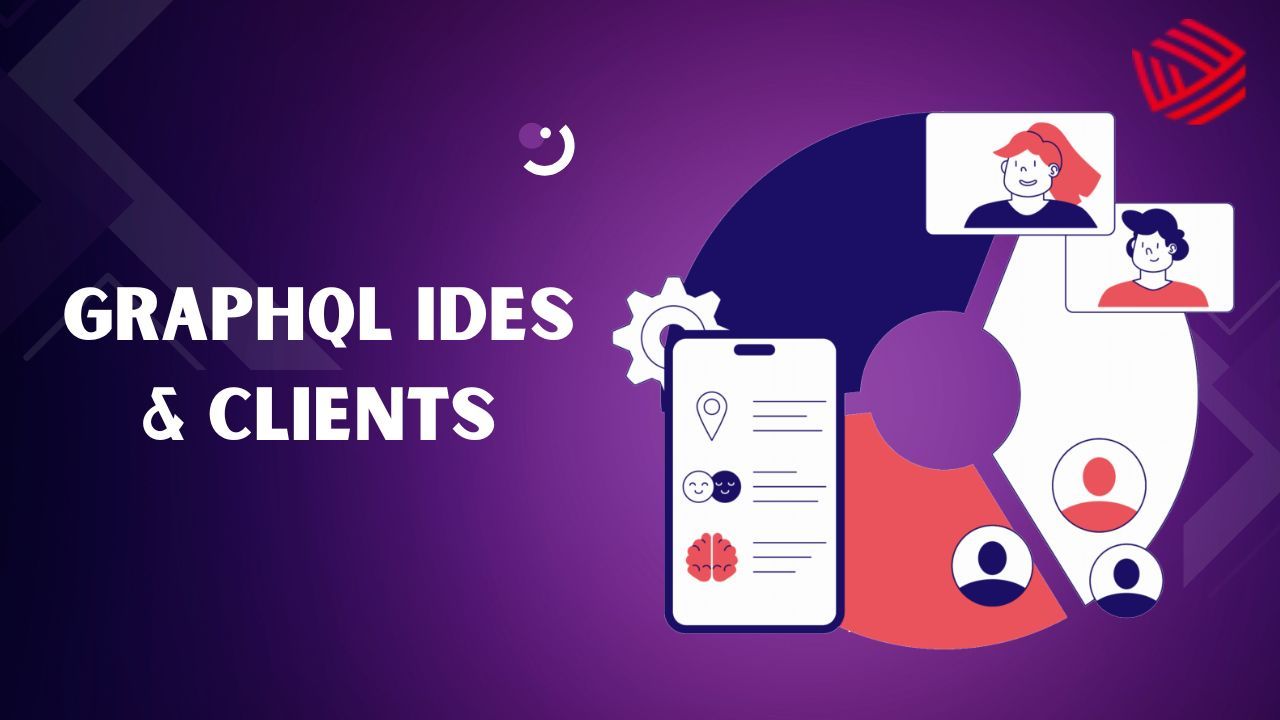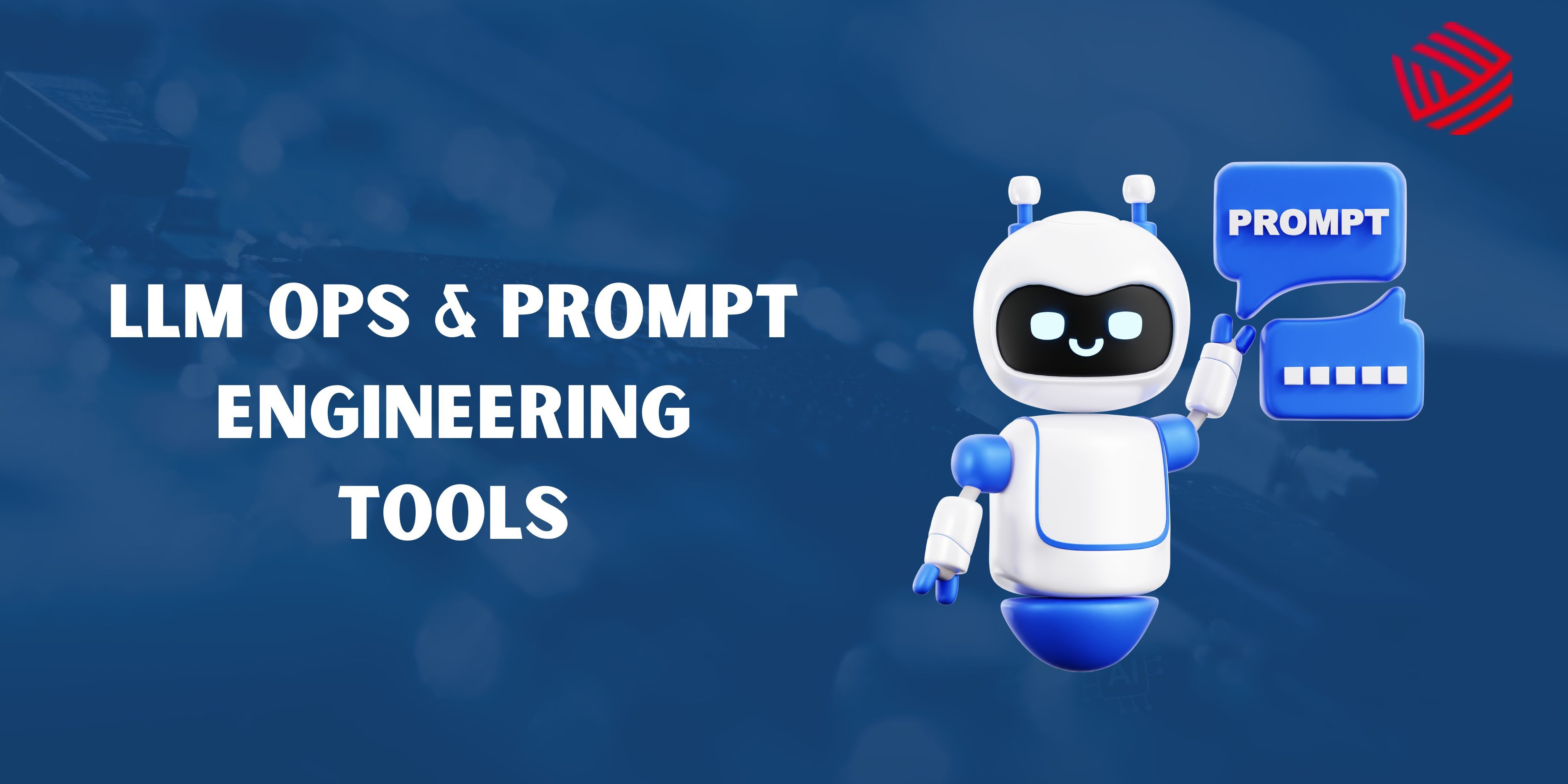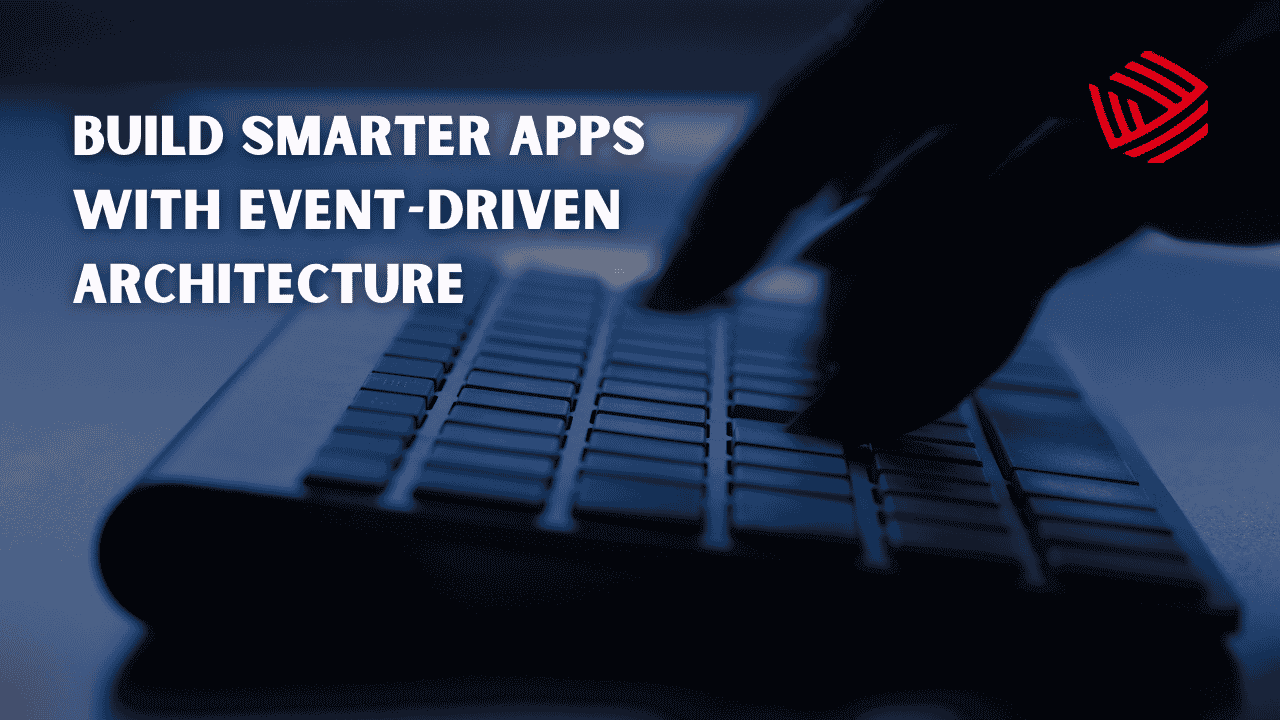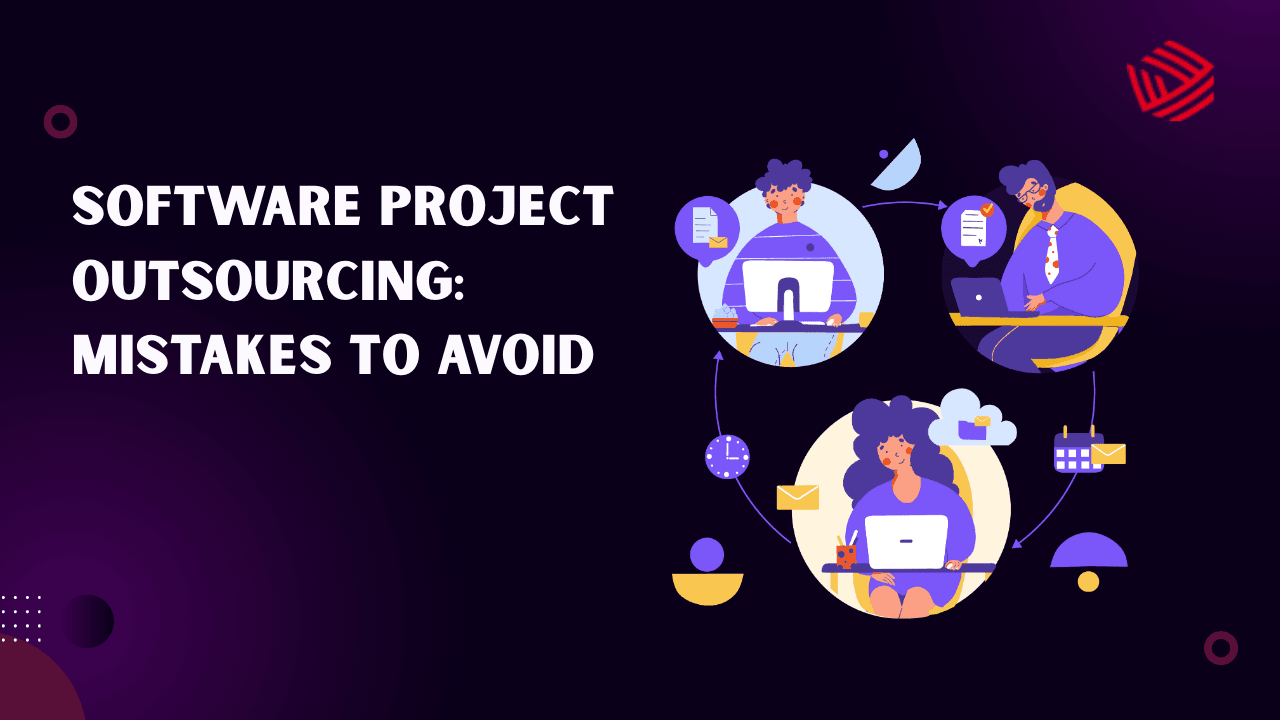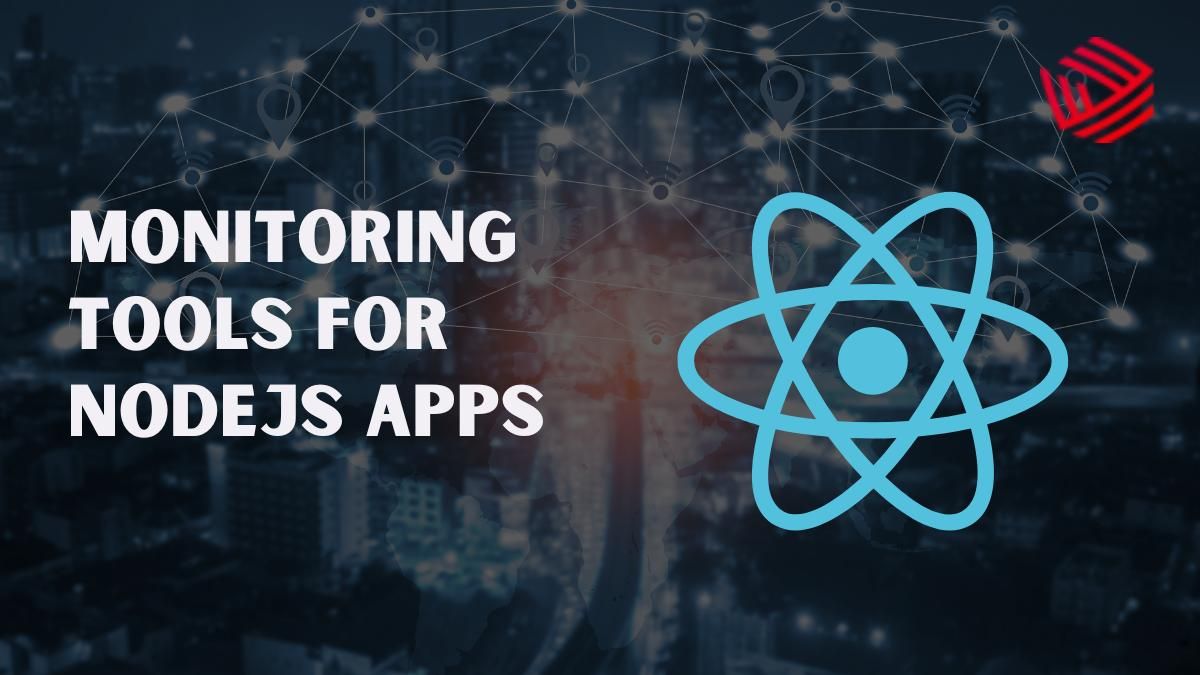The growth of Software-as-a-Service (SaaS) has transformed the way software is delivered, consumed, and billed. As businesses move toward cloud-based, subscription-oriented models, managing billing becomes increasingly complex — not just a matter of invoicing customers, but a strategic function that can directly impact growth, customer satisfaction, and revenue recognition.
What Is SaaS Billing?
SaaS billing refers to the process of charging customers for access to a software service delivered over the cloud. Unlike traditional software sales, SaaS billing is usually recurring — monthly, quarterly, or annually — and often tied to usage or subscription plans.
Key aspects of SaaS billing include:
- Subscription Management – managing customer plans, renewals, upgrades, and cancellations.
- Usage Tracking – billing based on the actual usage of the product or features.
- Recurring Invoicing – automating invoices according to the billing cycle.
- Revenue Recognition – complying with accounting standards like ASC 606.
A robust SaaS billing system ensures predictable cash flow, reduces churn, and allows for agile pricing experiments.
Why SaaS Billing Is Complex
SaaS companies face unique billing challenges that go beyond typical invoice generation. Here’s why:
- Multiple Pricing Models – flat rate, per user, per usage, tiered, or hybrid models.
- Mid-Cycle Upgrades – customers may change plans mid-month.
- Add-ons & Custom Plans – need for flexibility in modifying individual accounts.
- Global Taxation – varying tax laws across regions.
- Failed Payments & Dunning – handling payment failures, retries, and cancellations.
- Compliance – with financial standards and data protection (e.g., GDPR, PCI DSS).
- All these factors make manual billing or generic invoicing tools inefficient for SaaS.
Types of SaaS Billing Models
There is no one-size-fits-all approach when it comes to billing for SaaS. Let’s break down the most common billing models:
1. Flat-Rate Billing
You charge a single price for a single product or service.
- Example: $50/month for unlimited access.
- Best For: Simple products, early-stage SaaS, or low-maintenance services.
- Pros: Easy to understand, straightforward billing.
- Cons: Doesn’t scale with customer usage or offer flexibility.
2. Tiered Pricing
Multiple pricing tiers based on features or usage levels.
Example:
- Basic: $10/month (limited features)
- Pro: $50/month (full access)
- Enterprise: Custom pricing
- Best For: SaaS with diverse customer needs.
- Pros: Scalability, customer choice, upselling opportunities.
- Cons: Can be confusing if too many tiers are offered.
3. Usage-Based (Pay-as-You-Go)
Pricing is directly proportional to how much the customer uses the product.
- Example: $0.10 per API call or $0.05 per GB of data.
- Best For: Developer tools, infrastructure SaaS, API services.
- Pros: Fair, aligns pricing with customer value.
- Cons: Unpredictable revenue, billing complexity.
4. Per-User Pricing
Pricing is based on the number of users (seats) using the platform.
- Example: $30/user/month.
- Best For: Collaboration tools, CRM, or project management SaaS.
- Pros: Easy to understand and scale.
- Cons: Customers may limit user count to save money.
5. Freemium + Paid Plans
Offer a free basic plan with optional paid upgrades.
- Best For: SaaS targeting mass adoption, product-led growth.
- Pros: Attracts users quickly, self-service onboarding.
- Cons: Monetization depends heavily on upselling.
6. Hybrid or Custom Billing
A mix of different models – e.g., flat rate + usage-based + add-ons.
- Best For: Enterprise SaaS or platforms with modular pricing.
- Pros: Maximum flexibility, aligns with various use cases.
- Cons: Requires sophisticated billing system and analytics.
Features to Look for in SaaS Billing Software
Choosing the right billing software is not just about automation — it must integrate with your pricing strategy, support scale, and provide insights for decision-making. Here's what to evaluate:
1. Flexible Pricing Configuration
You should be able to define and modify pricing rules easily: usage-based, per seat, tiered, etc. Look for systems that support complex scenarios such as volume discounts, overage billing, and customer-specific plans.
2. Automated Invoicing & Recurring Billing
The software must support automated, customizable invoices and billing cycles — monthly, quarterly, or annually — including pro-rata calculations for mid-cycle changes.
3. Usage Tracking & Metered Billing
If you offer usage-based services (like storage, transactions, or API calls), you need accurate tracking tools and metering features integrated with your product.
4. Dunning Management
Failed payment handling and automatic retry workflows are essential to recover revenue. Some platforms even include customizable dunning emails.
5. Revenue Recognition
Support for compliance with ASC 606/IFRS 15 is a must if you’re dealing with deferred revenue. SaaS billing tools should allow proper revenue allocation and reports for accounting.
6. Customer Self-Service Portal
Let your customers manage their subscriptions, upgrade or downgrade plans, add/remove users, and update payment methods.
7. Global Taxation and Currency Support
As you scale globally, you’ll need support for multiple currencies, local tax rules (like GST, VAT), and compliance with international laws.
8. Integrations with CRM, ERP, and Payment Gateways
Ensure your billing system connects smoothly with:
- CRM: Salesforce, HubSpot
- Accounting: QuickBooks, Xero
- Payments: Stripe, PayPal, Razorpay
- Analytics: Mixpanel, ChartMogul
9. Analytics & Reporting
Revenue, churn, MRR, LTV, ARPU — billing tools must give actionable metrics that inform your pricing, product, and growth decisions.
How to Choose the Right SaaS Billing Platform for Your Business
With so many options available, choosing a billing platform can feel overwhelming. Here's a practical step-by-step process to guide your decision:
Step 1: Define Your Business Requirements
What pricing models do you plan to use?
Do you need usage-based or flat-rate billing?
What is your target customer base — SMBs, enterprises, developers?
Do you offer trials, coupons, freemium?
Step 2: List Your Integration Needs
- What tools do you already use (CRM, payment gateway, accounting)?
- Will you need webhook/API support for custom workflows?
Step 3: Evaluate Compliance and Global Readiness
- Will you need to handle VAT, GST, or other local taxes?
- Are you expanding into other geographies?
- Do you require GDPR and PCI compliance?
Step 4: Assess UX & Developer Friendliness
- Can customers self-manage plans and billing info?
- Is the platform customizable via API?
- Is there embedded UI support or portal templates?
Step 5: Check Reporting & Metrics
- Does the tool provide dashboards for ARR, MRR, churn, and LTV?
- Can you export financial data easily?
Step 6: Evaluate Total Cost of Ownership (TCO)
- Subscription or license fee?
- Transaction charges?
- Integration or maintenance overhead?
Step 7: Try Before You Buy
- Take advantage of free trials or sandbox environments.
- Test plan changes, payment failures, invoice generation.
- Evaluate customer support responsiveness.
Common Pitfalls to Avoid
When choosing or implementing SaaS billing software, avoid these common mistakes:
- Choosing based on price alone – A cheaper solution that doesn’t scale with you can cost more in the long run.
- Overengineering too early – Don’t get overwhelmed by complex billing logic if you’re still validating product-market fit.
- Lack of testing – Always test all billing flows before going live.
- Neglecting compliance – Especially for public companies or those preparing for acquisition or funding.
- Forgetting about dunning workflows – Recovery of failed payments can significantly impact your bottom line.
The Top 10 Billing Software For Saas
Let’s dive into the Top SaaS Billing & Subscription Platforms you should consider.
1. Chargebee
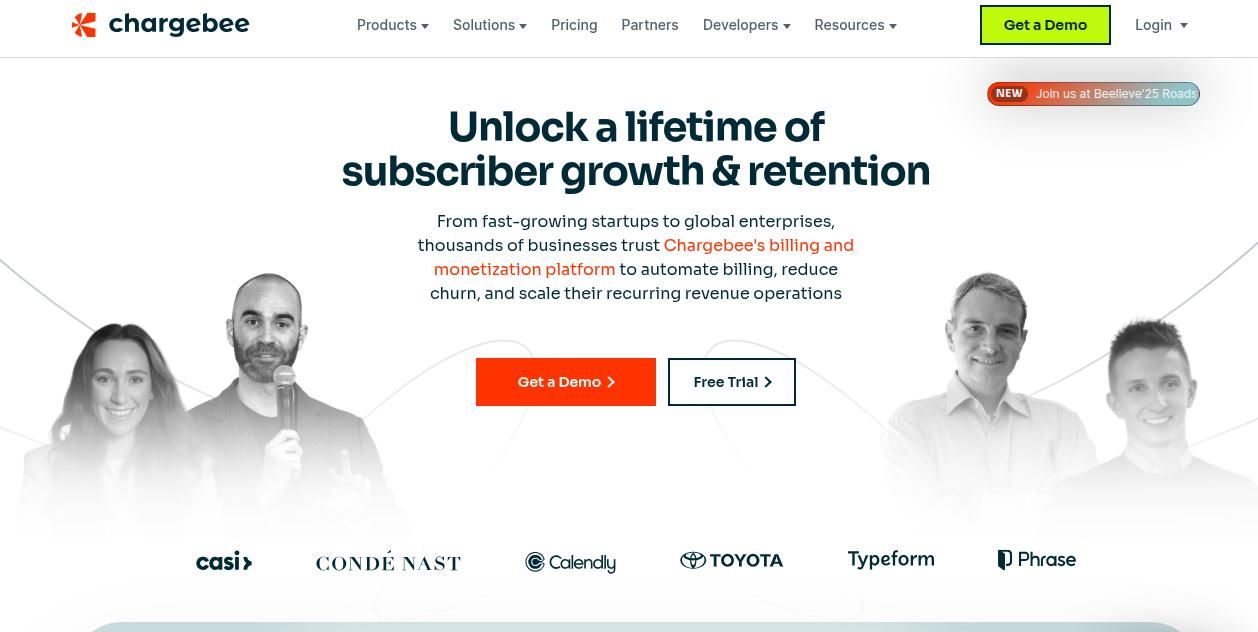
Chargebee is one of the most popular SaaS billing solutions used by thousands of businesses worldwide. It provides a comprehensive set of features tailored for subscription billing and revenue operations. Elevate your digital presence, with web design services and upgrade your visibility.
Key Features:
- Multiple pricing models (freemium, flat-rate, usage-based)
- Automated billing, invoicing, and taxation
- Dunning management to reduce churn
- Smart integrations with CRMs, ERPs, and payment gateways
- Revenue recognition and compliance (ASC 606, IFRS 15)
Ideal For:
Startups to mid-sized SaaS companies looking for flexible and scalable billing.
2. Recurly
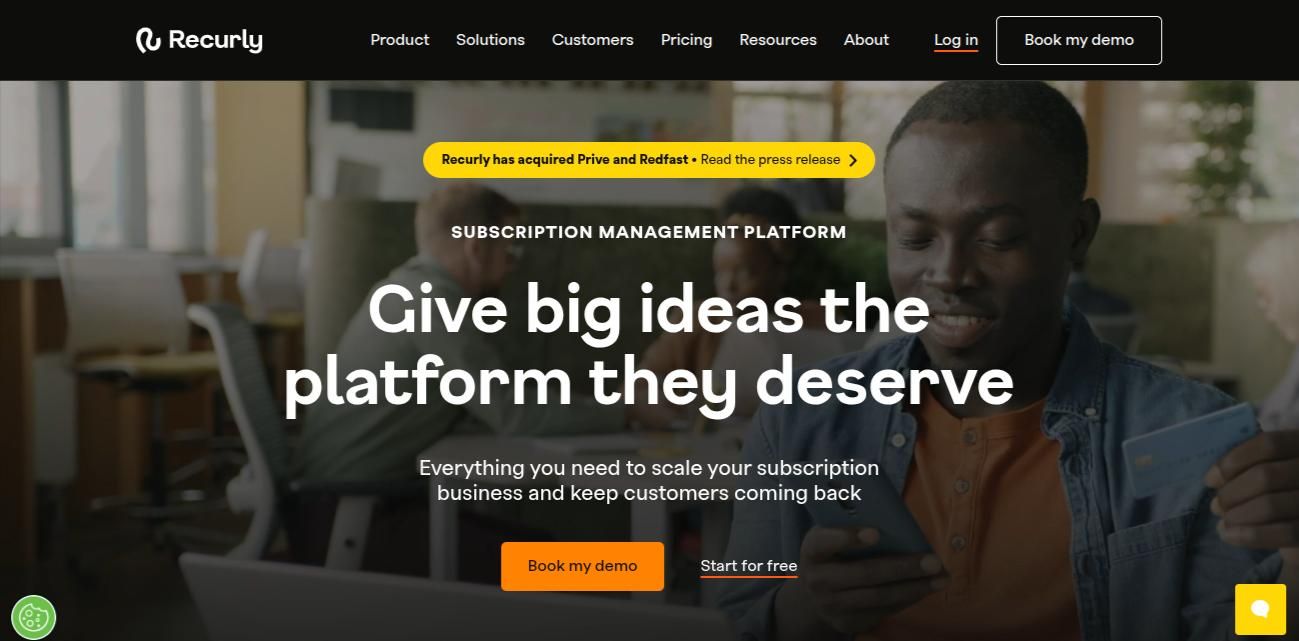
Recurly is a powerful subscription billing platform designed to reduce churn and optimize revenue. It emphasizes intelligent retention and seamless billing operations. Implement advanced functionalities and features to existing web application with experienced software developers.
Key Features:
- Advanced analytics and subscriber insights
- Built-in dunning and retry logic
- Smart fraud detection
- Subscription plan flexibility
- International support for multi-currency and tax compliance
Ideal For:
Businesses with high transaction volumes and international reach.
3. Stripe Billing
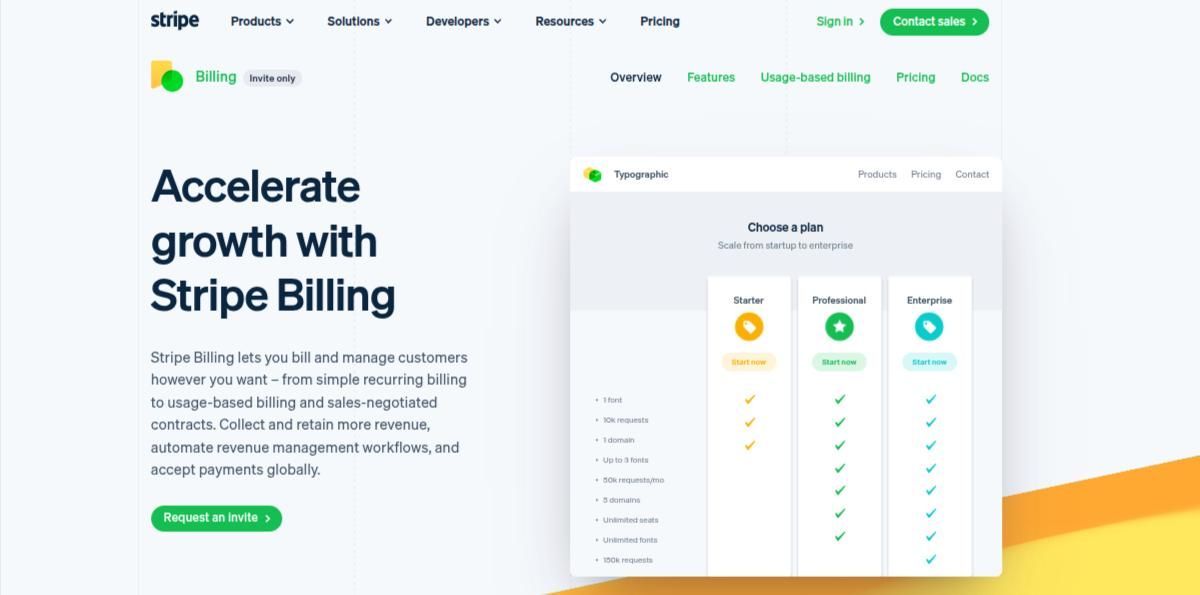
Stripe Billing is an extension of Stripe’s payments infrastructure and is favored by developers for its ease of integration and powerful APIs. Upgrading the UI/ UX is the best strategy to upgrade the interaction of users and make your application layout more seamless.
Key Features:
- Seamless integration with Stripe Payments
- Customizable invoices and billing cycles
- Smart failed-payment recovery
- Multiple pricing models (metered billing, seat-based pricing)
- Extensive API documentation
Ideal For:
Developer-centric teams and startups already using Stripe.
4. Zoho Subscriptions

Zoho Subscriptions is part of the Zoho suite and offers robust recurring billing features at a competitive price. Web application development with focus on faster deployment becomes easy with full stack developers where front-end and back-end tackled hand to hand taking care of each and every requirement.
Key Features:
- Automatic proration and trial management
- Support for multiple currencies
- Payment reminders and retry automation
- Integration with Zoho Books, CRM, and third-party tools
- Webhooks and REST APIs for developers
Ideal For:
Small to mid-sized SaaS businesses already using Zoho products.
5. PayWhirl
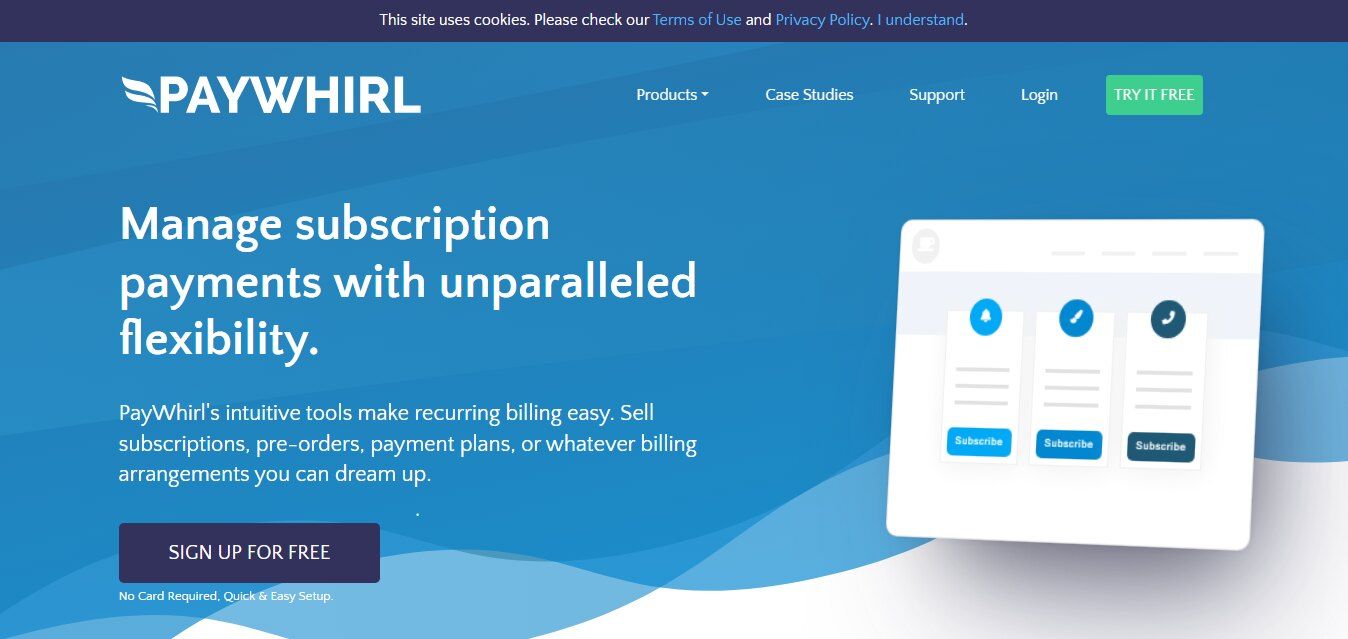
PayWhirl makes it easy to manage subscriptions and recurring payments directly from your site.
Key Features:
- Embeddable widgets and checkout
- Subscription and installment plans
- Payment plan automation
- Stripe, Square, and Authorize.net integration
- Customer self-management portal
Ideal For:
Subscription-based small businesses and Shopify users.
6. Billsby
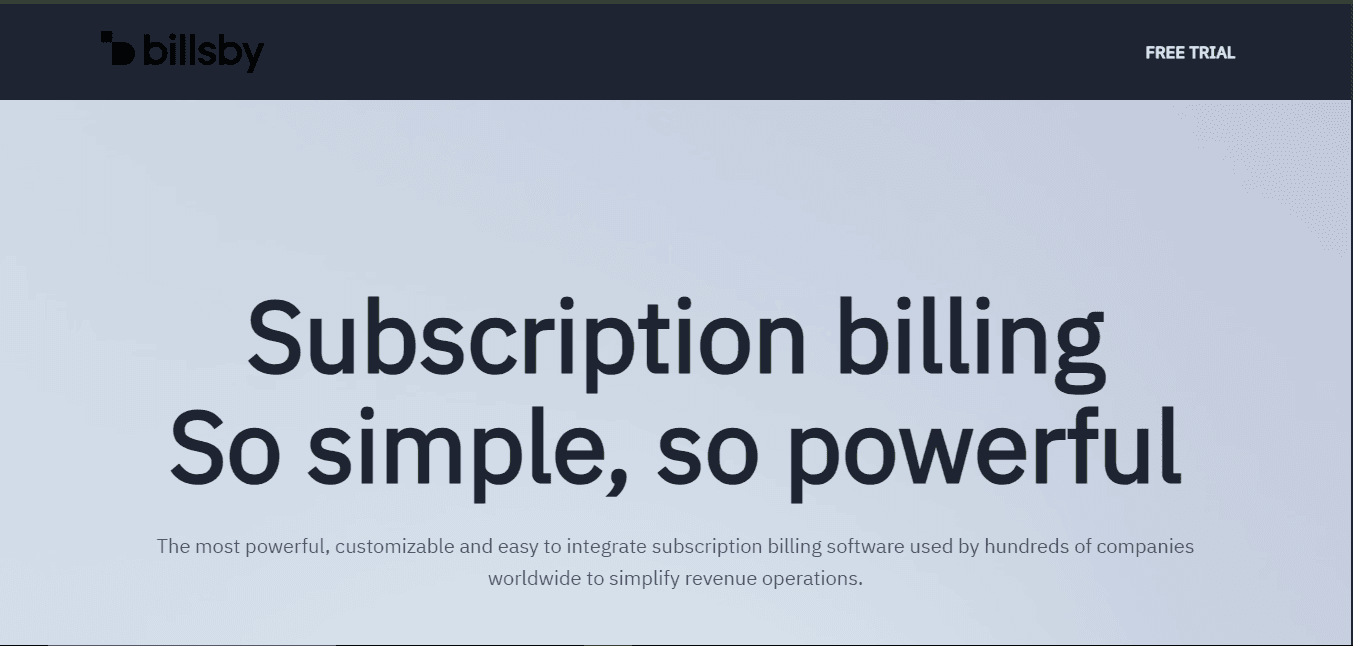
Billsby is a plug-and-play subscription management platform with simple pricing and powerful features.
Key Features:
- Customizable checkout flows
- Product-based billing structure
- Automated emails and dunning
- Support for trials and add-ons
- API and Zapier integration
Ideal For:
Startups and SMEs seeking quick setup and easy billing.
7. ProfitWell Retain
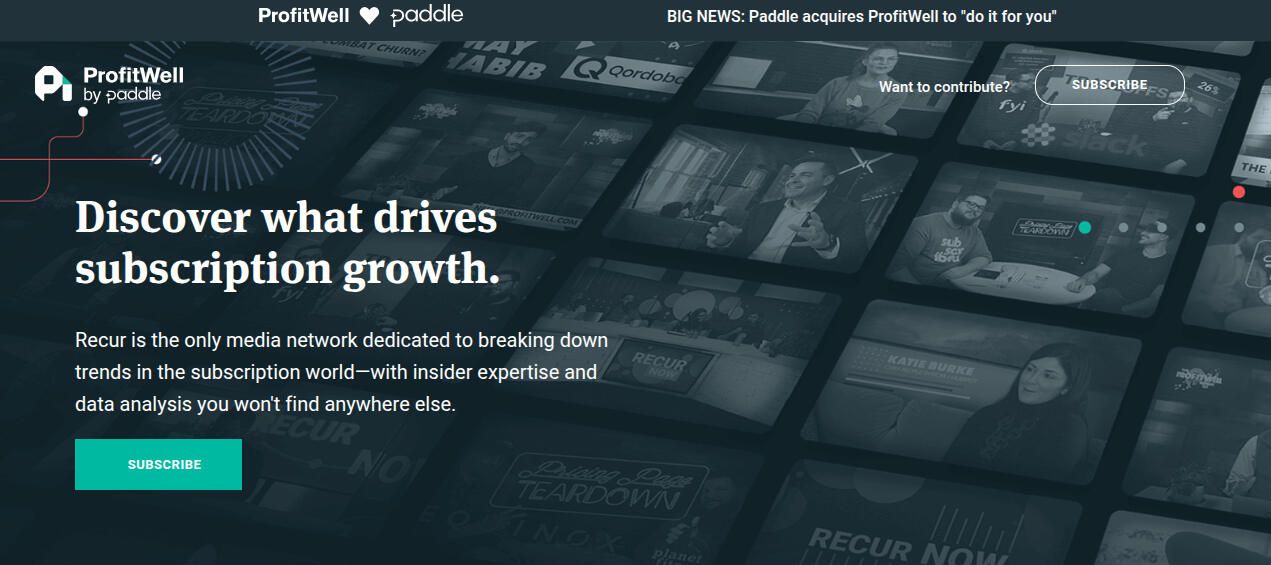
While not a complete billing solution, ProfitWell Retain is a powerful tool for reducing churn and optimizing subscription retention. It integrates with major billing platforms like Stripe and Chargebee.
Key Features:
- Intelligent dunning sequences
- Subscription cancellation insights
- Recovering failed payments automatically
- Behavioral analytics to predict churn
Ideal For:
SaaS companies looking to improve retention and reduce revenue leakage.
8. Billsby
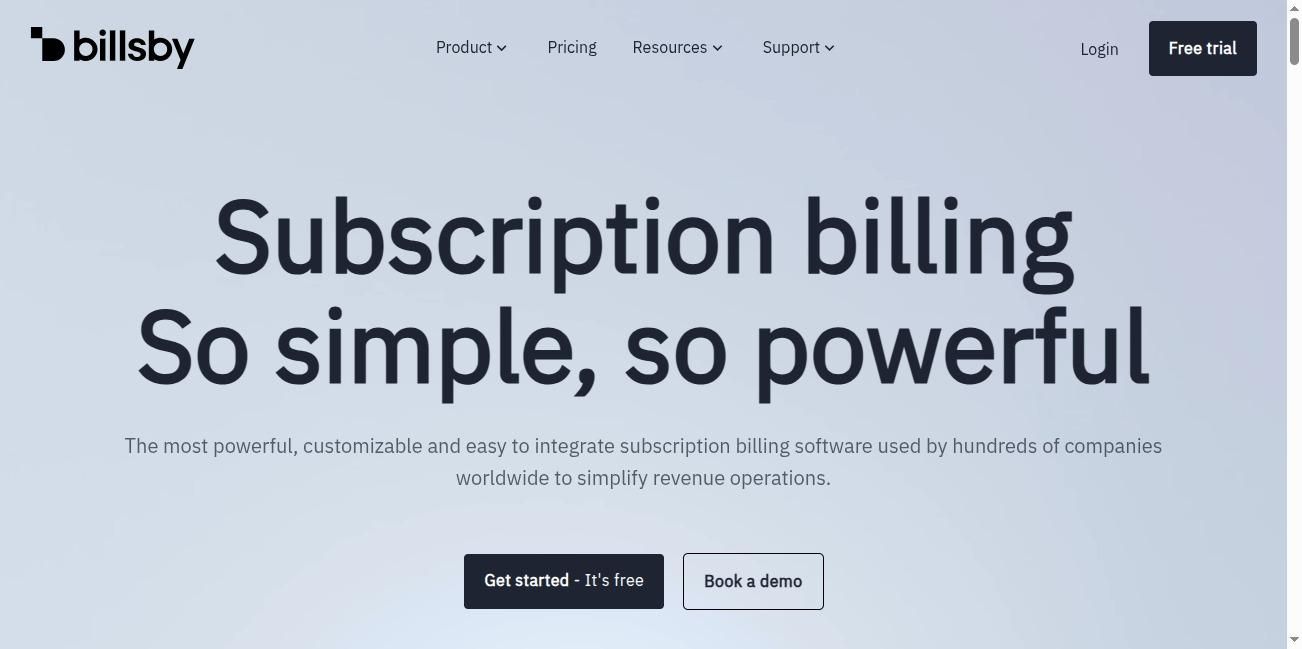
Billsby is a modern subscription management platform designed with simplicity and affordability in mind.
Key Features:
- Custom fields and branded checkout flows
- Modular product and pricing setup
- Real-time metrics and dashboards
- Easy integration with Zapier, HubSpot, and more
- Supports multiple payment gateways
Ideal For:
Startups and small businesses that need a cost-effective, user-friendly solution.
9. Braintree (A PayPal Service)
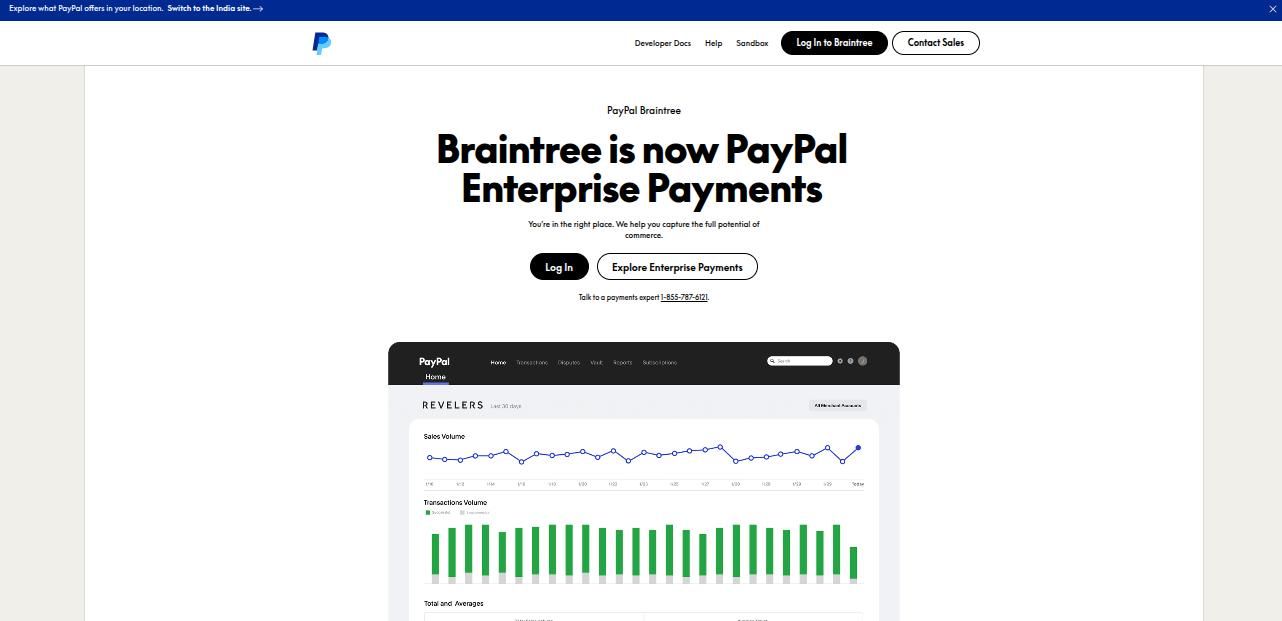
Braintree offers billing tools with a strong payment processing backbone. It supports recurring billing with high scalability and security.
Key Features:
- Secure vault and tokenization
- Recurring billing APIs
- Global payments support
- Fraud protection tools
- Seamless PayPal and Venmo integration
Ideal For:
Businesses needing a robust payment solution with subscription capabilities.
10. Zuora
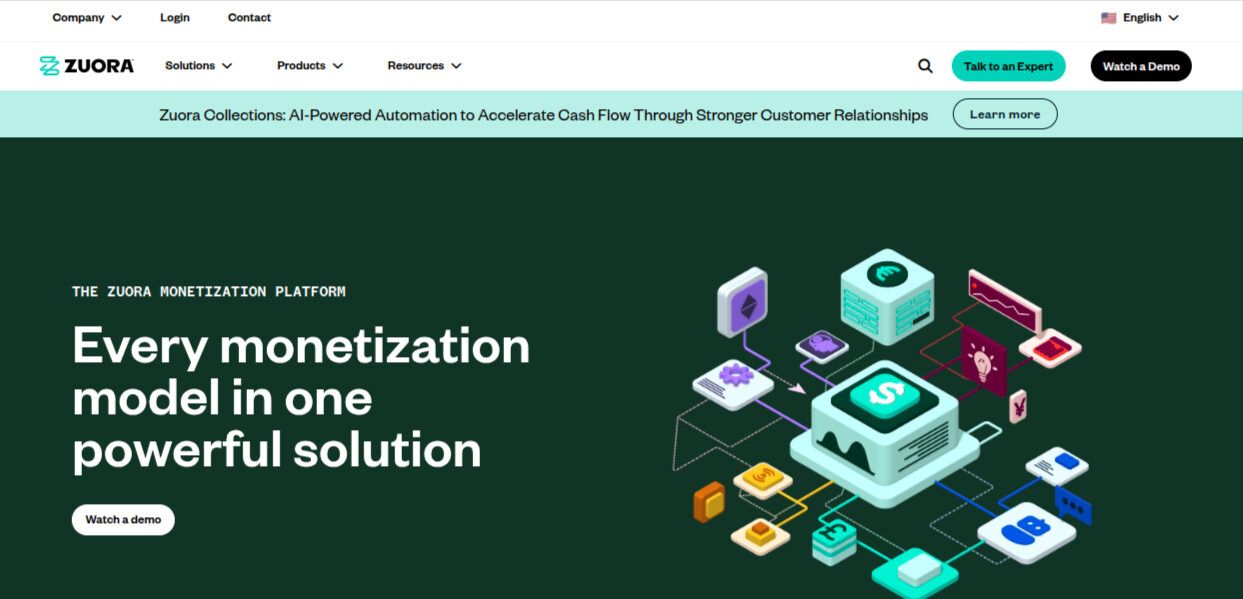
Zuora is an enterprise-grade platform for complex subscription models, with full quote-to-revenue automation.
Key Features:
- Usage-based and hybrid billing models
- Revenue automation (ASC 606)
- Customizable workflows
- ERP integrations (SAP, NetSuite)
- Predictive analytics and insights
Ideal For:
Enterprises with sophisticated billing needs and global customers.
Why Choosing the Right Platform Matters
Choosing the right SaaS billing and subscription platform is crucial because it impacts several core aspects of your business:
- Customer Experience: Smooth billing and payment experiences increase trust and reduce churn.
- Revenue Growth: Accurate billing, usage tracking, and recovery workflows directly influence MRR/ARR.
- Operational Efficiency: Automation frees up your team to focus on growth and product development.
- Compliance: As your SaaS scales globally, tax and revenue compliance becomes complex and essential.
Insights and Forecasting: Access to real-time metrics helps in smarter decision-making.
The Strategic Importance of SaaS Billing & Subscription Platforms in a Digital-First Economy
In today's highly competitive SaaS landscape, success hinges not only on product innovation and user experience but also on the efficiency and reliability of backend systems — particularly billing and subscription management. As SaaS businesses scale, managing recurring billing manually becomes impractical and risky. This is where modern SaaS billing and subscription platforms become critical enablers of growth, operational efficiency, and customer satisfaction. Now applications infrastructure can be strengthen'ed up with DevOps engineers for more robustness and reliability.
1. Billing Is the Heart of a SaaS Business
A SaaS business is fundamentally different from traditional software companies. It thrives on recurring revenue, which means customer retention, timely payments, and subscription renewals are more important than one-time transactions. Subscription billing platforms automate these processes with:
- Prorated charges and credits
- Free trial management
- Custom billing cycles
- Flexible plans (tiered, volume-based, metered, etc.)
These features directly influence cash flow, customer lifetime value (CLTV), and revenue predictability.
Inaccurate or inconsistent billing, on the other hand, can result in revenue leakage, frustrated customers, failed compliance audits, and a higher churn rate. Thus, the billing platform acts not just as a financial tool, but as a customer relationship touchpoint.
2. Automation Reduces Errors and Boosts Scalability
As a SaaS company grows, so does the complexity of billing: more customers, pricing plans, geographies, and regulations. Manually handling these components increases the risk of human error and slows down business agility.
Platforms like Chargebee, Stripe Billing, and Recurly offer extensive automation features — from generating invoices to retrying failed payments and sending reminders — freeing up finance and operations teams to focus on growth strategies rather than administrative tasks.
Automated dunning management (i.e., the process of recovering failed payments) can also dramatically improve revenue recovery rates. For example, ProfitWell Retain claims to recover up to 30% of failed payments through smart retry logic and personalized communication.
3. Built-in Analytics Drive Smarter Business Decisions
One of the key differentiators of modern SaaS billing platforms is their ability to generate deep, actionable insights from billing data. These analytics provide clarity on:
- Monthly Recurring Revenue (MRR)
- Customer churn and retention rates
- Average Revenue Per User (ARPU)
- Subscription upgrades/downgrades
- Customer lifetime value (CLTV)
This data is essential not just for internal reporting, but also for external fundraising, valuation, and go-to-market strategies. Investors, especially in SaaS, look closely at predictable and recurring revenue as a sign of business health. Tools like Maxio (formerly SaaSOptics and Chargify) are designed specifically for finance teams to report and forecast revenue under GAAP standards.
4. Support for Global Commerce
As more SaaS companies expand beyond their home markets, billing platforms must adapt to the needs of global customers. This includes:
- Multi-currency support
- Localized tax compliance (e.g., VAT, GST, sales tax)
- Global payment gateways (Stripe, PayPal, Razorpay, etc.)
- In-country invoicing and language support
Platforms like Paddle offer a full merchant-of-record (MoR) model, meaning they handle sales tax, VAT, fraud, and compliance on your behalf, making international expansion faster and safer. This is especially beneficial for startups and mid-sized businesses that lack a legal or financial presence in foreign markets.
5. Customer Experience and Brand Perception
Your billing system is often the first point of contact between your product and your customer’s wallet. The experience a user has with sign-up, payment, invoicing, and cancellation can significantly affect how they perceive your brand.
Modern SaaS billing platforms offer white-labeled portals, custom invoices, and seamless integrations with CRM and email tools to provide a cohesive experience. Moreover, the ability to offer flexible trials, discount codes, and one-click upgrades can enhance customer satisfaction and increase conversion rates.
6. Developer-Friendliness and Integrations
One of the core evaluation metrics for any billing platform is how easily it integrates with your current tech stack. Most platforms today offer:
- RESTful APIs
- Webhooks
- SDKs for multiple languages
- Prebuilt integrations with tools like Salesforce, HubSpot, QuickBooks, Xero, and Slack
For developer-first teams, Stripe Billing is a favorite because of its clean, well-documented APIs and the flexibility it offers in building custom workflows. Similarly, Zoho Subscriptions works well within the Zoho ecosystem, making it easier for non-developers to manage billing inside a no-code CRM or accounting system.
7. Pricing Transparency and Long-Term Affordability
While features matter, pricing can often be the deciding factor—especially for early-stage startups. Many billing platforms offer tiered pricing based on the number of customers, monthly revenue, or features used.
- Billsby and Zoho Subscriptions offer affordable entry-level plans for small businesses.
- Chargebee and Recurly offer freemium models for startups and then scale with usage.
- Paddle charges a percentage of the transaction (usage-based), which can be beneficial or costly depending on the business model.
Make sure to choose a platform whose pricing model aligns with your growth trajectory. Overpaying early on can strain cash flow, while underinvesting can limit automation and cost you more in the long run.
8. Future Trends in SaaS Billing
As SaaS continues to evolve, so will billing and subscription management platforms. Here are a few trends shaping the future:
AI-Powered Revenue Forecasting: Billing platforms will increasingly use AI to predict churn, optimize pricing, and recommend retention strategies.
- Blockchain and Smart Contracts: For high-security industries, decentralized billing models may emerge.
- Embedded Billing in Product-Led Growth (PLG): More tools will allow product teams to embed pricing and upgrade paths directly inside the app.
- Subscription Fatigue: Companies may need to rethink how subscriptions are bundled and priced to retain customers overwhelmed by recurring charges.
Forward-thinking platforms are already innovating in these areas, and early adoption could offer a significant competitive advantage.
Conclusion
There is no “one-size-fits-all” solution when it comes to SaaS billing. The best platform for your business depends on:
- Your company size and revenue stage
- Your technical resources and integration needs
- Your customer base (B2B, B2C, global, or local)
- Your billing complexity and revenue model
- Your growth goals and operational capacity
For startups, Stripe Billing or Zoho Subscriptions might offer the agility and affordability needed. For scaling or enterprise-level SaaS, Chargebee, Recurly, or Maxio provide the robustness and compliance required. For international SaaS, Paddle’s all-in-one MoR model is hard to beat. Container management is always a tedious task for many developers, but it is now easy with proper tools. Invest the time to evaluate platforms carefully, do trial runs, and consider long-term implications before integrating a billing solution. The right choice will not only streamline operations, it will help you in the long run and growth. From managing how you get paid, to how you release updates, to how users find your app (if your sass is mobile based) — every tool choice matters for SaaS success. Choosing the right tools across the board, from CI/CD for scalability to ASO for visibility — is key to long-term SaaS success.



